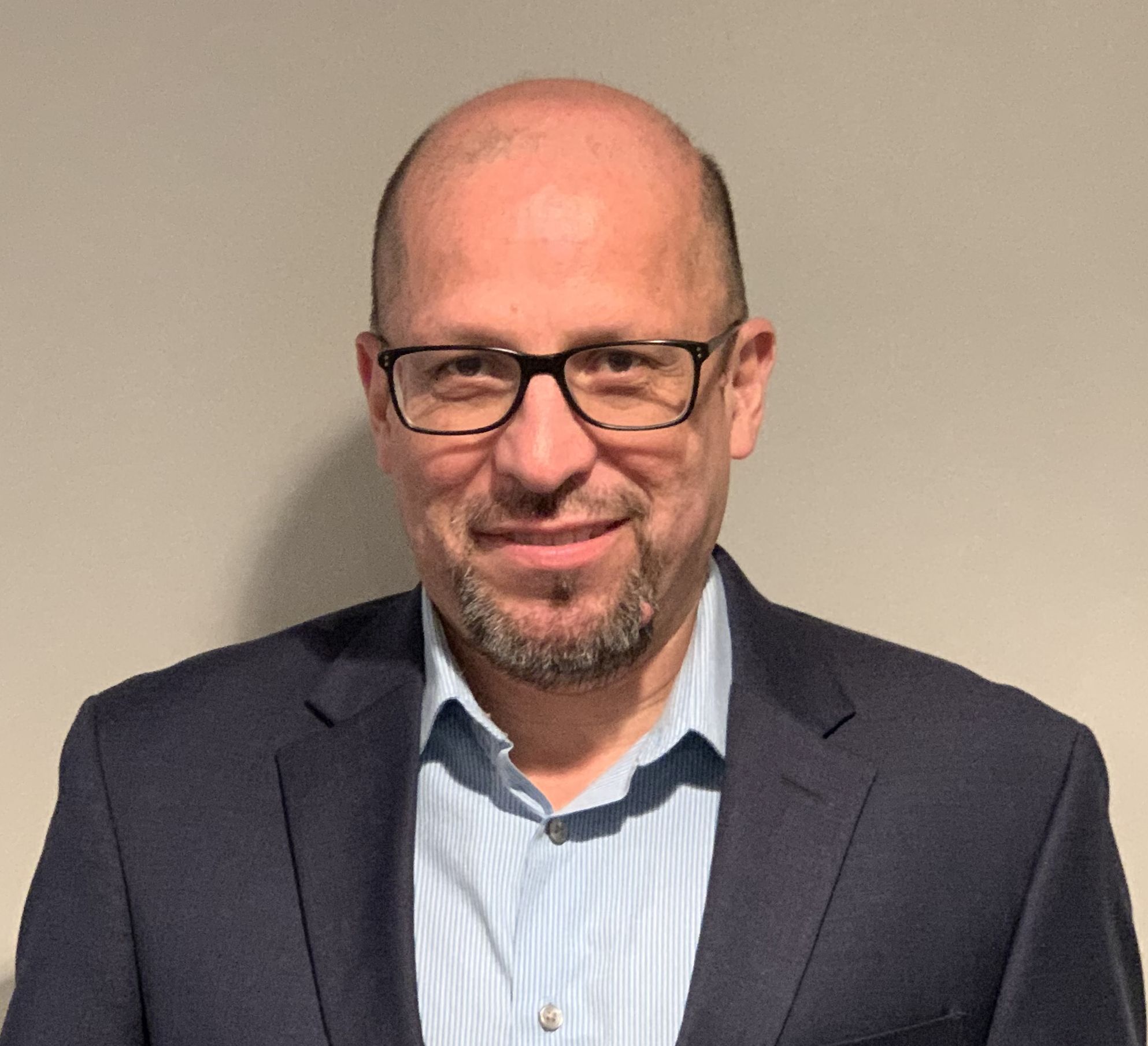Video
R&D for NMOSD Therapies
Author(s):
Drs Mirla Avila, Mitzi Williams, Michael Levy, and Michael Yeaman comment on research and development priorities for clinical care and emerging therapies for NMOSD.
Michael Yeaman, PhD: We all agree that providing—to the extent possible—feedback on the studies that patients participate in is helpful to make sure they aren’t feeling as though they’re simply being used for biospecimens or data without any knowledge of how their participation impacted the field. This relates to another question that we wanted to touch on, as we near the finish of our conversation. What would you like to see emphasized in research and development with respect to clinical care or new therapies? Mirla, I’ll start with you. If you had a wish list of research and development priorities, what might those be?
Mirla Avila, MD: Include patients who are older and have comorbidities. In reality, our patients have other diseases, and we want to know how the medication could affect them. Also include more diversity—ethnic and racial minorities—in the trials.
Michael Yeaman, PhD: Excellent points. Mitzi, we talked about the importance of diverse populations. Could you comment on pregnancy and pediatrics with respect to your priorities with regard to research and development in this field?
Mitzi Williams, MD: It’s important that the populations we study reflect the populations we serve. Underserved could mean many different things. There are data emerging about disease-modifying therapies for multiple sclerosis in pregnancy. We have to pay attention to these populations. When we go through the decision-making process, we need to have as much data available as possible.
It’s about looking at the way we’re designing our trials. We certainly want good, clean results. But are there ways we can reimagine the process? Maybe a parallel cohort as a real-world cohort. Or other ways that we can make sure we have good science but that we’re also addressing the people who will be taking these medications in the real world. Often, they don’t reflect the patients we have in some of our studies. Trying to reconcile that is going to be extremely important in moving forward and making sure we’re able to treat our patients appropriately.
Michael Yeaman, PhD: Those are really important points, Mitzi. Michael, what are your thoughts about research and development that can best serve diverse populations?
Michael Levy, MD, PhD: As horrible as NMO is, one of the interesting things about the disease is that we know exactly what the immune system is targeting: the aquaporin-4 protein. That allows us to develop therapies that are more specific for that immune dysfunction. Rather than suppressing broader parts of the immune system, this disease allows us, as a proof of concept, to demonstrate that we can turn off the immune response only to aquaporin-4 and hopefully mitigate this disease. Once we’re successful in doing that, we can apply this technology to any disease where we know the immunological target. Strangely enough, NMO can provide us that proof of concept. We’re working with companies to try to do that. This is a reverse-vaccine approach. This is going to translate into human trials in the next 5 to 10 years.
Michael Yeaman, PhD: It’s an exciting time, Michael. We’ve talked a lot about tolerization and other approaches than can arrest or even reverse the disease process. Hopefully NMO can be a model for how that might work.
In the last couple of minutes we have, if you had to offer a piece of advice to community neurologists who might see or treat patients with NMOSD, what would you say to them? How might that advice be shaped by your experience with diverse patients? Mitzi, what advice would you give to community neurologists who might not be so experienced with NMOSD or how it can differ in diverse populations?
Mitzi Williams, MD: Don’t be afraid to ask for help or refer. In our practices, we’d like to maintain a certain number of patients. I’m in private practice, so you hate to lose your patients, so to speak. But in light of the urgency of accurate and early diagnosis, if there’s a question, it’s OK to send for a second opinion. I have many patients with NMOSD whom I cotreat with their general neurologist. They don’t completely lose that care, and there can be continuity of care and access to a specialist. Don’t be afraid to refer, and don’t be afraid to get that second opinion about treatment options if you’re concerned it may be NMOSD.
Michael Yeaman, PhD: Great point. Mirla, in your experience with diverse populations, what would you say to community neurologists who aren’t that familiar with NMOSD?
Mirla Avila, MD: Have NMOSD in the differential diagnosis of patients who present not only with optic neuritis and spinal cord involvement but also with intractable vomiting and other less typical symptoms. Also, participate in educational programs, like this one, and continue your education to know about updates regarding medications that have been approved for NMOSD and the different spectrum that we can see with NMOSD. A general neurologist who studied years ago may not be aware of the spectrum disorder that we now account for. Continue with programs in which you receive content that updates you about the disease.
Michael Yeaman, PhD: Mirla, thank you so much. Michael, what are your final thoughts about what you would advise community neurologists who aren’t familiar with NMOSD?
Michael Levy, MD, PhD: I advise doctors to take their time with each patient with NMO. When they’re telling you something, there’s no reflex option to just do X, Y, or Z. Every case is unique. A patient may be describing pain that requires specific pain therapy and not changing immunotherapy. They may be describing an infection that presents as an NMO symptom—in which case, it isn’t a relapse. But sometimes patients will describe nausea, vomiting, or hiccups, and you might think that’s completely unrelated to NMO and refer them somewhere else. For every patient with NMO, you have to take your time, think through what they’re telling you, and dig in to what their symptoms are until you figure out what’s going on.
Michael Yeaman, PhD: Michael, thank you so much.
We hope this discussion has been useful to explore how NMOSD may differentially impact individuals or populations related to race, ethnicity, or social determinants of health. Thank you so much for watching this NeurologyLive® Peer Exchange. If you enjoyed this program, please subscribe to the NeurologyLive® e-newsletters to receive upcoming programs and other great content in your in-box.
Transcript edited for clarity





